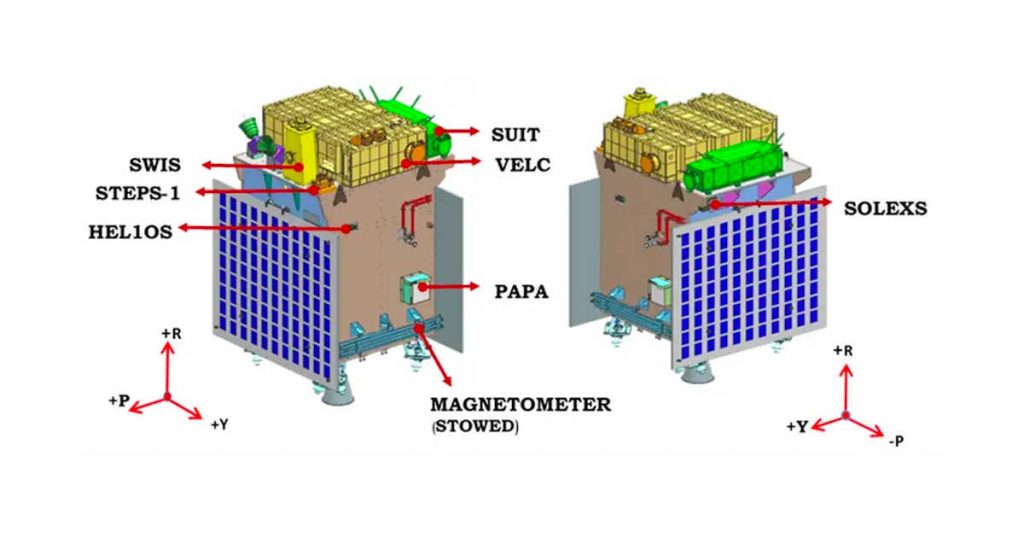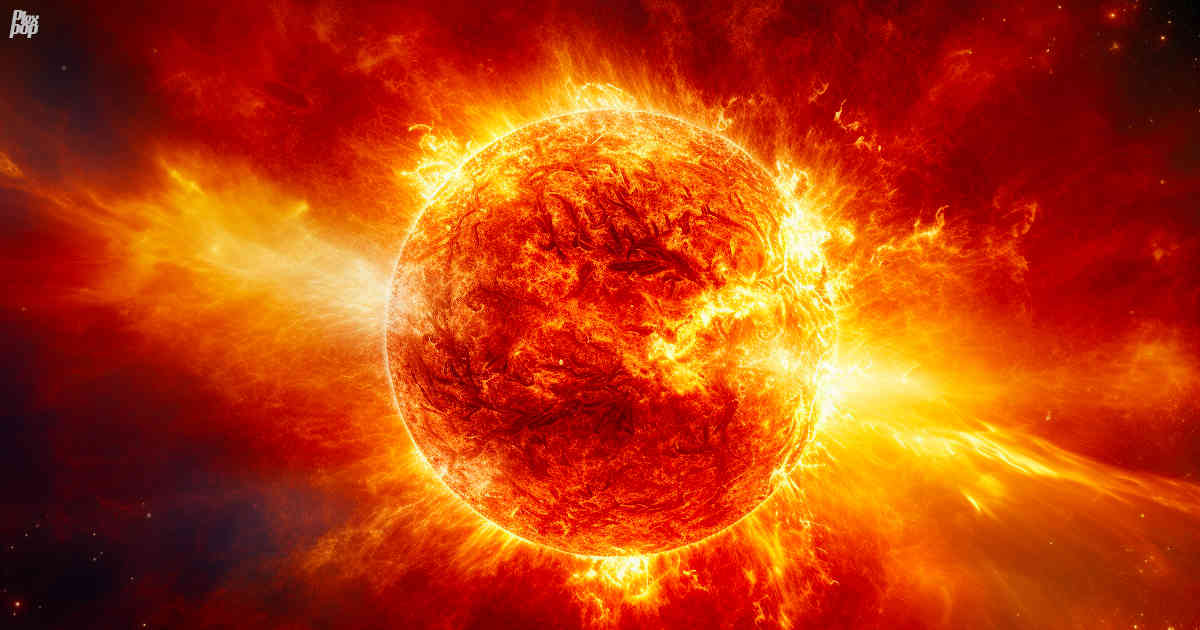The Indian Space Research Organisation (ISRO) is about to take you on a celestial journey like no other. After making headlines with Chandrayaan-3, ISRO is now setting its sights on the Sun with its groundbreaking Aditya-L1 mission.
While the official launch date is still under wraps, insiders hint at a September 2 blast-off. The launch vehicle, PSLV-XL, is prepped and ready at ISRO’s spaceport in Sriharikota, Andhra Pradesh. Developed at the UR Rao Satellite Centre in Bengaluru, Aditya-L1 is not just another satellite; it’s India’s first dedicated solar observatory.
Lagrangian Points
One of the mission’s most intriguing aspects is its destination: the L1 Lagrangian point.
For those scratching their heads over what a Lagrangian point is — These are the cosmic “sweet spots” where the gravitational pull of two massive bodies, like Earth and the Sun, create a stable area for a third, smaller object — like a satellite. Aditya-L1 will be stationed at the L1 point, about 1.5 million km from Earth, offering an uninterrupted, “eclipse-free” view of the Sun, making it an ideal spot for solar observation.
Why L1?
The L1 point offers several advantages for solar research. For one, it allows for real-time monitoring of solar activities and their impact on space weather. This is crucial for understanding phenomena like solar flares and coronal mass ejections, which can affect not only satellites but also terrestrial communications and power grids. In essence, the L1 point provides a front-row seat to the Sun’s ever-changing performance, without the need for constant fuel-burning adjustments.
Aditya-L1 Payloads
Aditya-L1 isn’t going into space empty-handed. It’s equipped with seven cutting-edge payloads designed to scrutinize various layers of the Sun’s atmosphere.

The Visual Maestro: VELC
The Visible Emission Line Coronagraph (VELC) is like the spacecraft’s personal photographer, capturing the Sun’s elusive outer atmosphere, known as the corona. Think of it as a specialized camera that can snap pictures of the Sun’s crown, revealing its intricate composition and dynamic behavior. It’s akin to having a paparazzo focused solely on solar royalty.
The Ultraviolet Eye: SUIT
The Solar Ultraviolet Imaging Telescope (SUIT) is another visual marvel. This instrument zeroes in on the Sun’s surface and outer layers, particularly those emitting ultraviolet rays. SUIT’s images offer a layered view of the Sun’s atmosphere, helping scientists dissect its various strata.
The X-ray Whisperers: SoLEXS and HEL1OS
The Solar Low Energy X-ray Spectrometer (SoLEXS) and the High-Energy L1 Orbiting X-ray Spectrometer (HEL1OS) are the mission’s X-ray experts. While SoLEXS is like a general physician taking routine X-rays, HEL1OS is the specialist focusing on the Sun’s more energetic and volatile X-ray emissions. Together, they paint a comprehensive picture of the Sun’s X-ray activity, from the mundane to the explosive.
The Particle Sniffer: ASPEX
The Aditya Solar Wind Particle Experiment (ASPEX) is a collector that grabs minuscule particles emitted by the Sun. These particles offer clues about the Sun’s composition and the materials it ejects into space, serving as tiny messengers from our closest star.
The Charged Net: PAPA
The Plasma Analyser Package For Aditya (PAPA) is like a high-tech fishing net designed to capture charged particles that the Sun spews out as solar wind. By analyzing these particles, scientists can gain insights into the Sun’s magnetic activity and its far-reaching influence on space. It’s akin to studying the wind patterns on Earth to understand global weather systems.
The Magnetic Maestro: Advanced Magnetometers
Last but not least, the Advanced Tri-axial High-Resolution Digital Magnetometers act like a super-precise compass for the mission. These instruments measure the Sun’s magnetic fields, offering a roadmap to its invisible lines of force. Understanding these magnetic fields is crucial for predicting solar activity and, by extension, space weather.
Objectives of Aditya-L1
Chromosphere and Corona
One of the primary goals is to study the Sun’s upper atmospheric dynamics, specifically focusing on the chromosphere and the corona. These layers have long puzzled scientists because they defy the laws of thermodynamics — getting hotter as you move away from the Sun’s core. Aditya-L1 aims to crack this thermal paradox.
Solar Flares and CMEs
Another critical objective is to understand the initiation and dynamics of solar flares and Coronal Mass Ejections (CMEs). These explosive bursts of energy can have far-reaching implications, affecting not just space weather but also our Earth-based technologies. Aditya-L1 will closely monitor these solar tantrums, seeking to understand what triggers them and how they evolve.
The Particle Puzzle: What’s the Sun Really Made Of?
Aditya-L1 also aims to study in situ particles and the plasma environment, essentially capturing and analyzing the Sun’s emissaries to space. These particles can tell us a lot about the Sun’s composition and the kind of materials it sends hurtling into the cosmos.
The Magnetic Enigma
The mission will also focus on magnetic field topology and measurements in the solar corona. These invisible lines of magnetism have a significant impact on solar activity, and understanding them could be key to predicting space weather patterns.
Space Weather Forecasting
Lastly, Aditya-L1 will delve into the drivers of space weather, focusing on the origin, composition, and dynamics of solar winds. This is crucial for safeguarding our satellites and communication systems against solar storms.
In essence, Aditya-L1 is more than just a spacecraft; it’s a space detective committed to unravelling the Sun’s deepest secrets. From understanding why the corona is hotter than the Sun’s surface to decoding the magnetic fields that influence solar activity, Aditya-L1 aims to solve a cosmic puzzle that has baffled scientists for decades.
This mission is a big deal for India. It’s not just ISRO’s baby; institutions like the Indian Institute of Astrophysics and the Inter-University Centre for Astronomy and Astrophysics have also chipped in. It’s a collective leap for Indian science.






Leave a Comment